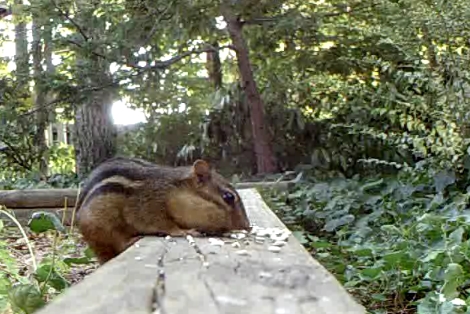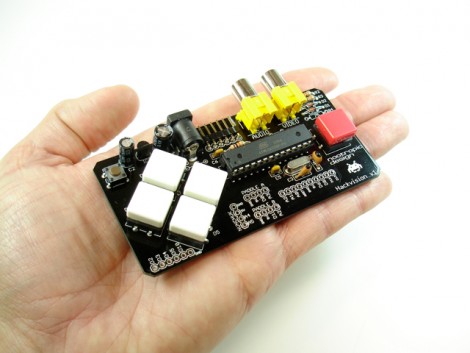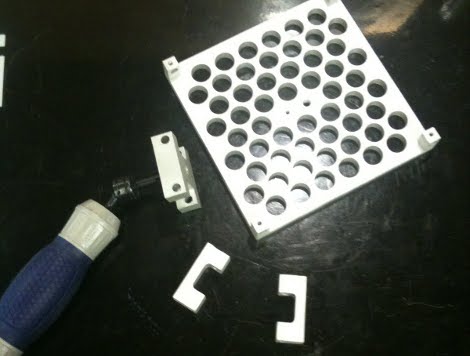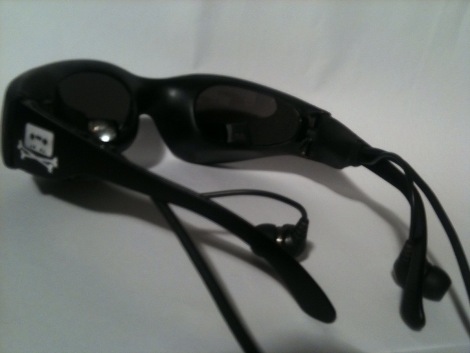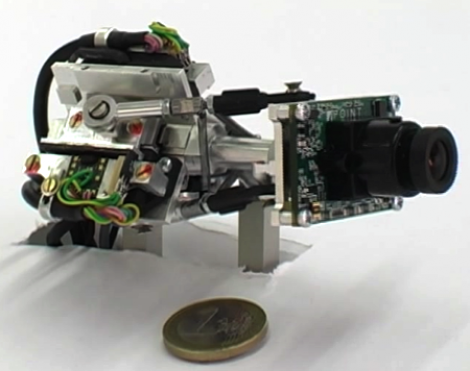
This robot eye can move five times faster than the human eye. It’s capable of being used to follow a human gaze and, as you can see by that coin, it’s small enough to be used in pairs. When used to follow your gaze it needs a custom-made eye tracker. The thought here is that a lot can be learned about a person’s psyche by monitoring what they are focusing on. But we wonder about the augmented reality properties of a setup like this.
Imagine a pair of glasses as a heads up display. If this camera knows where you’re looking it can process the items in your gaze and overlay digital information. As with all new technology there are obvious military uses for this, but we’d be more interested in a Flickr pool type collection of people’s real-world experiences. Like subscribing to the locations of that thumb drive network in NYC and having the camera/glasses guide you to the nearest installation.
Want to see how fast this thing responds? Check out the video after the break.

